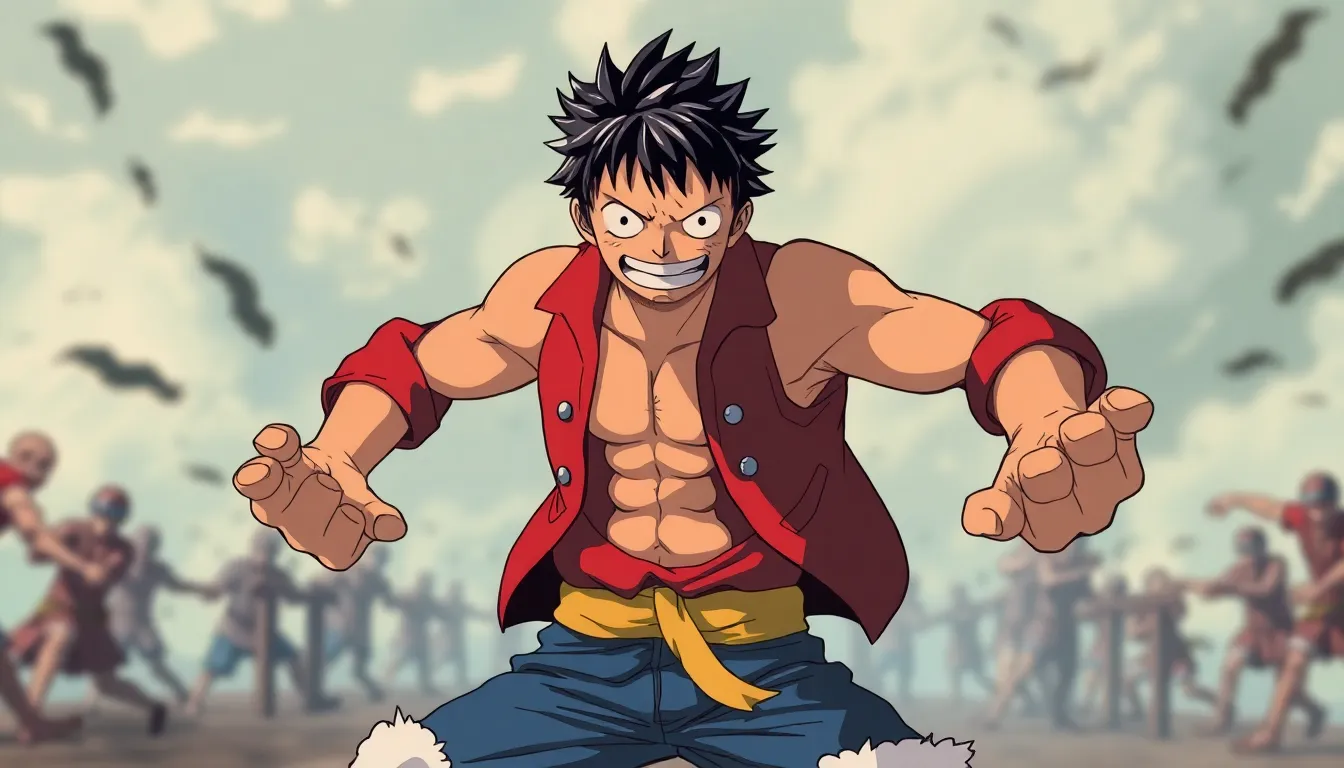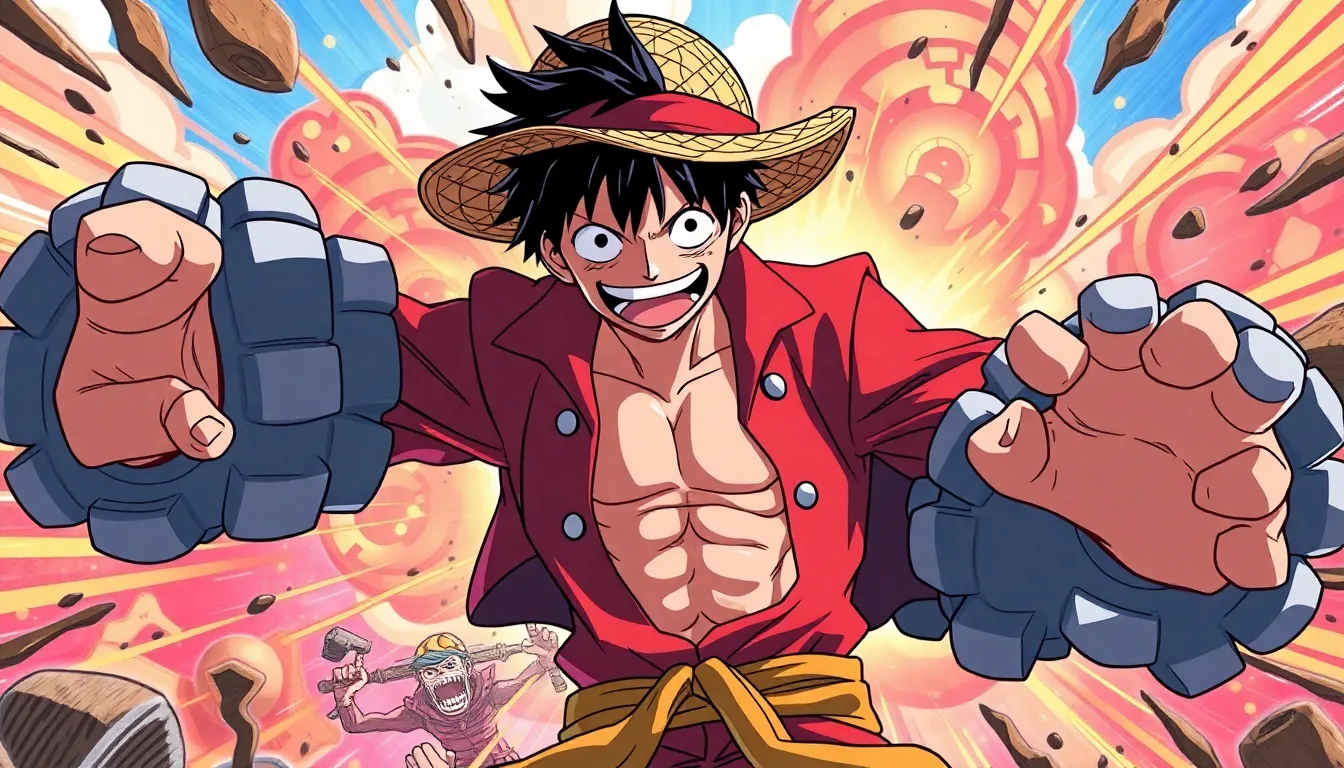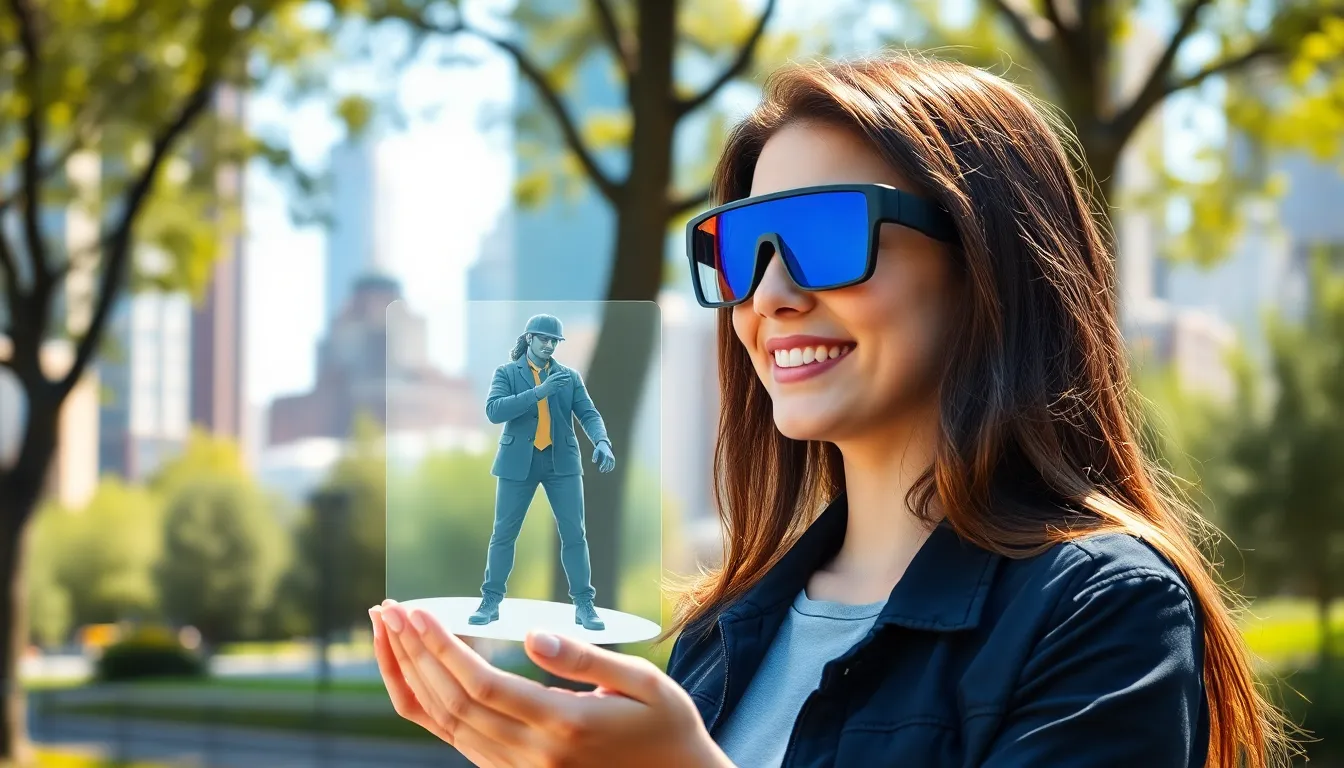In the vibrant world of One Piece, Monkey D. Luffy is known for his outrageous antics and incredible powers. But nothing quite compares to the moment he unleashes Gear Third, a transformation that leaves fans both awestruck and chuckling. Picture a rubbery pirate inflating himself like a balloon—it’s as hilarious as it is epic!
Table of Contents
ToggleOverview of Luffy’s Gear 3
Luffy’s Gear Third represents a significant power boost in his abilities. This transformation allows him to inflate specific body parts, notably his limbs, which enhances his striking power. He channels air into his bones, achieving a gigantic size that massively increases his strength.
During battles, this technique creates formidable attacks like the Gigant Pistol and Gigant Axe. These moves deliver devastating blows to opponents, combining speed and power. Gear Third also emphasizes Luffy’s unique fighting style, showcasing his ability to adapt creatively to various challenges.
In terms of strategy, Luffy uses Gear Third during crucial confrontations. He first introduces this transformation in Episode 746 of the anime, specifically during his fight against the character Donquixote Doflamingo. Notably, this moment captures the blend of humor and epic action that defines Luffy’s character.
The transformation, however, comes with a drawback. After using Gear Third, Luffy temporarily becomes vulnerable, shrinking to a much smaller size. This limitation requires him to use the technique strategically, blending offense and defense during encounters. Fans appreciate this balance, as it adds depth to his character and battle tactics.
Overall, Luffy’s Gear Third illustrates both his growth as a fighter and the creative storytelling within One Piece. By integrating humor and physical prowess, this technique remains a favorite among fans, symbolizing the spirit of adventure that defines the series.
Significance of Gear 3 in One Piece


Luffy’s Gear Third transformation holds substantial significance within One Piece, showcasing his character’s evolution. It represents a critical phase in Luffy’s growth as a fighter driven by creativity.
Introduction to Gear Techniques
Gear Techniques form the foundation of Luffy’s combat style. Engaging in unique and effective fighting strategies, he develops these techniques to enhance his abilities. Gear Third notably allows him to inflate his body parts, focusing on limbs to deliver massive destructive power. Mastering this technique requires Luffy to channel air into his bones, producing overwhelming strength in battle. Each Gear Technique introduces new dimensions to his fighting style, providing versatility and excitement in confrontations.
Impact on Luffy’s Fighting Style
Luffy’s use of Gear Third significantly influences his fighting style, amplifying his offensive capabilities. With this transformation, he executes powerful attacks like Gigant Pistol and Gigant Axe that merge speed and strength. The introduction of Gear Third also brings tactical depth, as Luffy must balance power with vulnerability. After utilizing Gear Third, he momentarily shrinks, leaving him open to retaliation. This aspect adds a layer of strategy to his battles, forcing him to think critically about when to deploy this powerful technique. Overall, Gear Third contributes to Luffy’s dynamic approach to combat, embodying the spirit of ingenuity that defines his character.
Episode Details
Luffy’s Gear Third transformation first appears in Episode 746 of One Piece, marking a pivotal moment in his journey. This episode unfolds during an intense battle against Donquixote Doflamingo.
What Episode Does Luffy Use Gear 3?
Luffy employs Gear Third in Episode 746, showcasing the technique for the first time. This pivotal moment reveals the humor and epic nature of Luffy’s character. The stakes increase dramatically as he faces a formidable opponent, highlighting the importance of this transformation in his arsenal.
Key Moments in the Episode
Several key moments define Episode 746. First, Luffy inflates his body, preparing for a powerful attack. Then, he unleashes the Gigant Pistol, demonstrating the enhanced strength and creativity of Gear Third. Doflamingo is taken aback by Luffy’s newfound power. Finally, the episode illustrates the risks associated with this technique, showing Luffy’s temporary vulnerability after use. These moments collectively illustrate the depth and excitement of Luffy’s combat style.
Reception and Fan Theories
Fans embraced the introduction of Gear Third as a memorable and impactful moment in One Piece. This transformation not only showcased Luffy’s creativity but also added complexity to his fighting style. Viewers highlighted the blend of humor and action in Episode 746, where Luffy takes on Donquixote Doflamingo. Many noted that the inflation of his body offers a unique visual experience that remains iconic. The juxtaposition of comedy and raw power resonated strongly with the audience.
Audience Reactions
Reactions from fans varied, with excitement surrounding Luffy’s Gear Third debut. Many viewers praised the visual effects that accompanied the transformation. Some expressed amazement over how Luffy’s vulnerability after using the technique added tension to battles. Others appreciated the blend of strategy and humor, making each battle more engaging. The moment Luffy unleashed his Gigant Pistol sparked discussions about his growth as a fighter. Enthusiasts often share clips and screenshots from Episode 746, celebrating the memorable scene.
Theories Surrounding Gear 3
Theories about Gear Third abound among fans. Some speculate that Luffy’s technique will evolve further, enhancing his combat abilities. Others discuss potential combinations with other Gear Techniques, imagining how they could create new fighting styles. Fans often theorize about the source of Luffy’s powers, connecting them to various Devil Fruit legends. Discussions also arise regarding whether Gear Third may have more vulnerabilities yet to be revealed. These theories illustrate the depth of engagement within the One Piece community, as viewers analyze each development closely.






